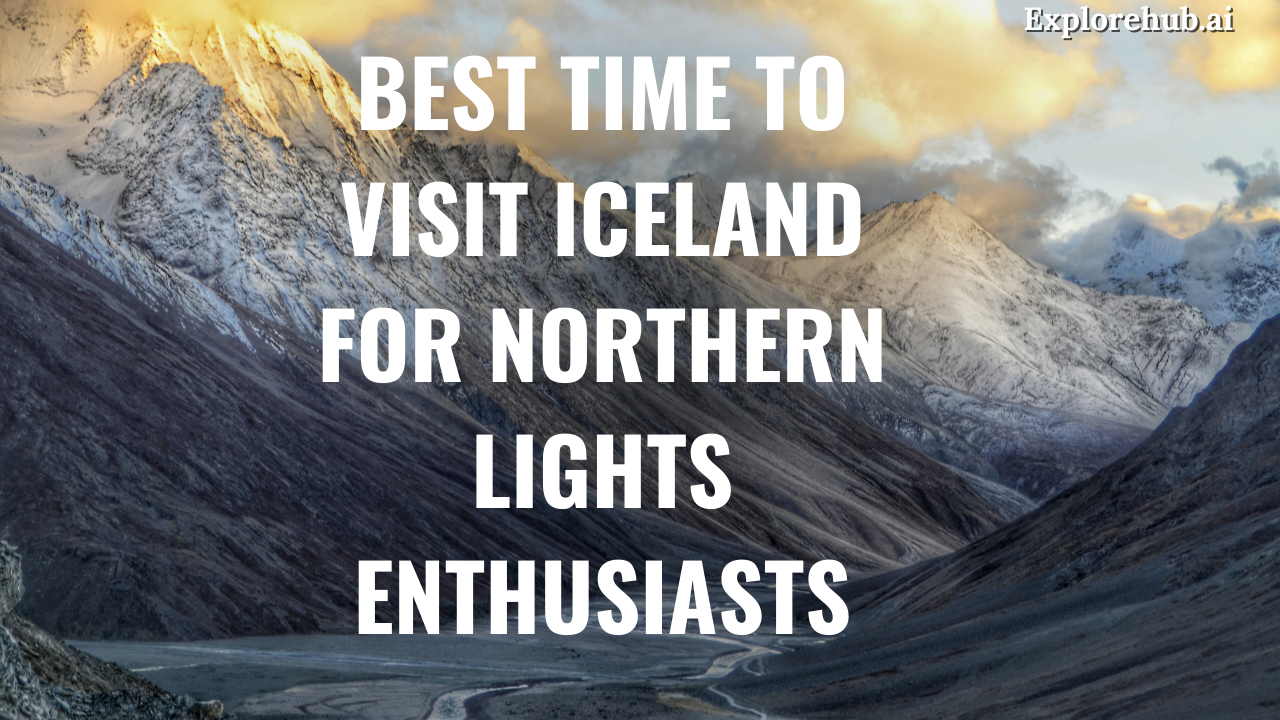Iceland, a land of fire and ice, is one of the most magical places on Earth to witness the Northern Lights. These dancing lights, known as Aurora Borealis, paint the night sky in vibrant hues of green, pink, and purple. But when is the best time to visit Iceland for Northern Lights enthusiasts? Let’s explore everything you need to know for an unforgettable experience.
Table of Contents
What Are the Northern Lights?
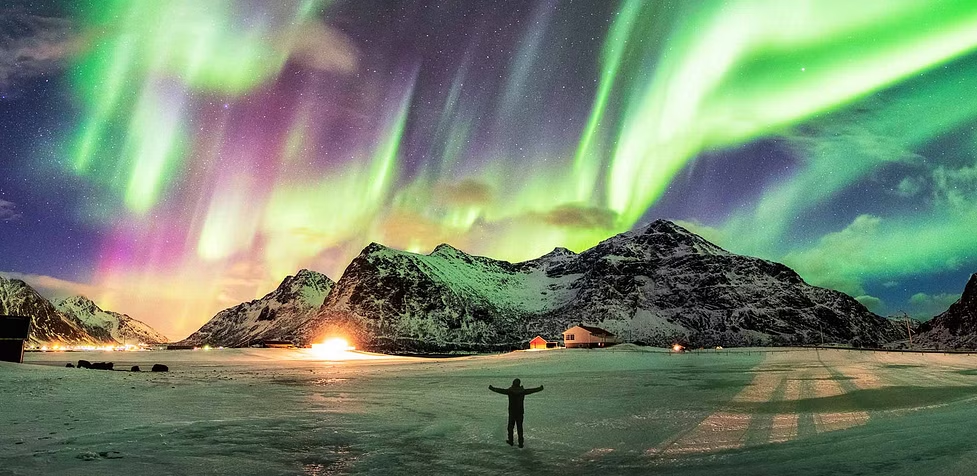
What Causes the Northern Lights?
The Northern Lights occur when solar particles collide with the Earth’s atmosphere. These particles, carried by the solar wind, interact with the Earth’s magnetic field, creating beautiful light displays in the polar regions.
Why Iceland Is a Prime Location
Iceland’s location just below the Arctic Circle makes it an ideal spot for viewing the Northern Lights. Its dark skies, minimal light pollution, and stunning natural landscapes enhance the aurora experience.
Why Visit Iceland for the Northern Lights?
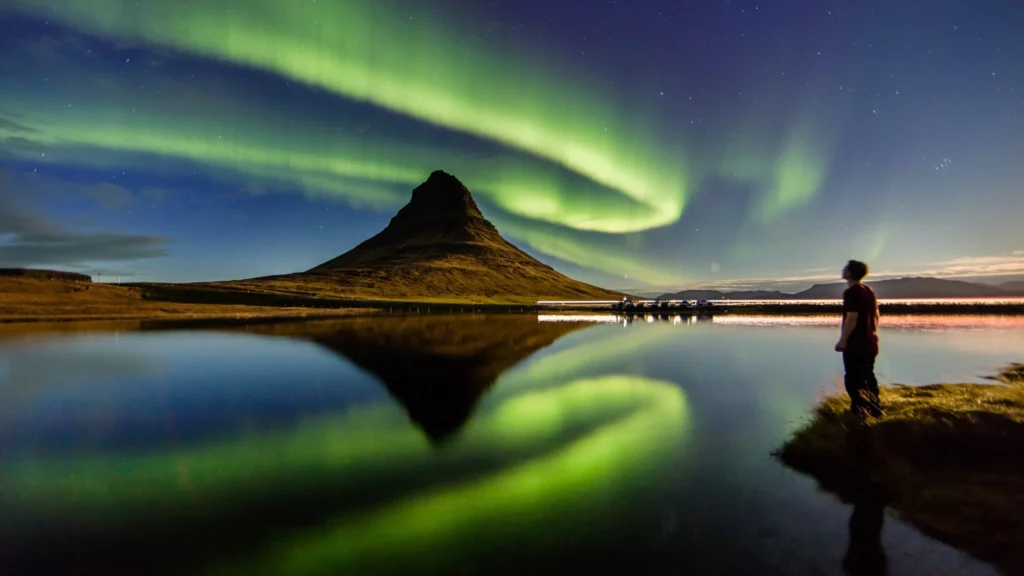
Stunning Landscapes Complementing the Aurora
Imagine watching the Northern Lights over glaciers, volcanic landscapes, and cascading waterfalls. Iceland’s dramatic scenery perfectly complements the celestial show, creating a surreal experience.
Accessibility and Convenience
Iceland is easily accessible from North America and Europe, with direct flights to Reykjavik. Plus, the country offers a variety of guided tours, making it convenient for travelers to hunt for the auroras.
Best Time to See the Northern Lights in Iceland
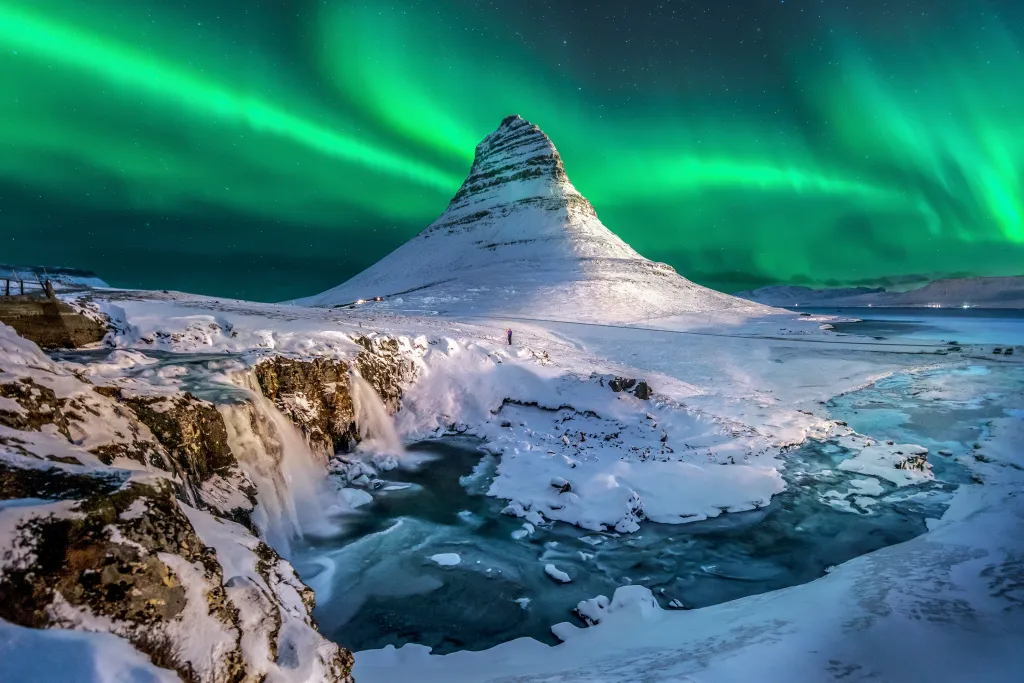
Optimal Months for Viewing
Late September to mid-April is the ideal time of year to witness Iceland’s Northern Lights. The auroras have the ideal canvas during these months because of the long, dark evenings.
Ideal Weather Conditions
Clear, cloudless skies are essential for viewing the Northern Lights. Checking the weather forecast and choosing locations with minimal light pollution increases your chances of a spectacular sighting.
Seasonal Breakdown
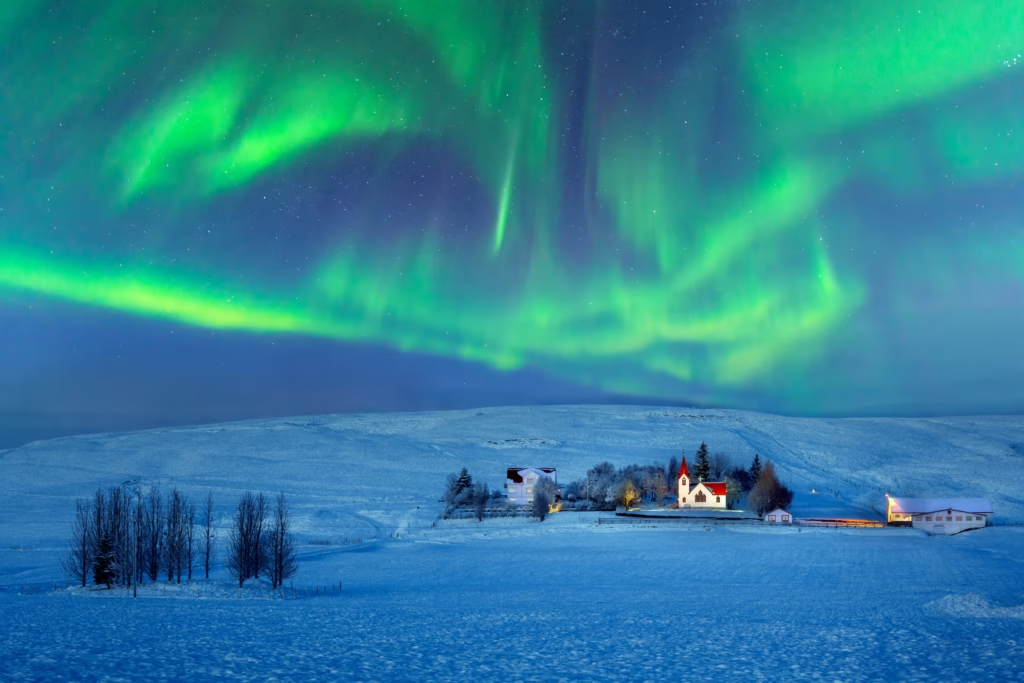
Autumn (September to November)
- Pros and Cons: Autumn offers mild temperatures and fewer tourists, but weather can be unpredictable.
- Special Events and Festivals: September’s equinox is known for increased auroral activity, making it a popular time for Northern Lights chasers.
Winter (December to February)
- Peak Viewing Season: Long, dark nights maximize viewing opportunities.
- Challenges to Consider: Harsh weather conditions, snowstorms, and icy roads can pose travel challenges.
Spring (March to April)
- End of the Aurora Season: March is known for high solar activity, offering vibrant displays.
- Fewer Crowds and Mild Weather: With milder temperatures and fewer tourists, spring provides a more relaxed viewing experience.
Best Time of Day for Viewing
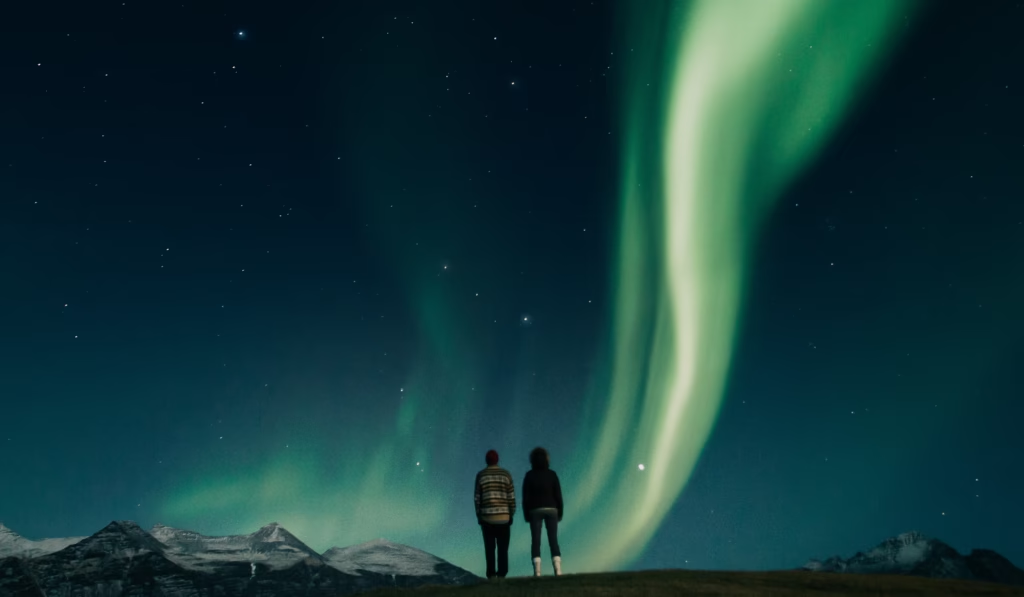
Midnight Magic: Why Late Nights Are Best
The Northern Lights are most visible between 10 PM and 2 AM. This is when the skies are darkest, allowing the auroras to shine brightly.
Duration and Frequency of Displays
From a few minutes to several hours, displays might be in use. Because the auroras might appear and disappear at any time, patience is essential.
Top Locations in Iceland for Northern Lights
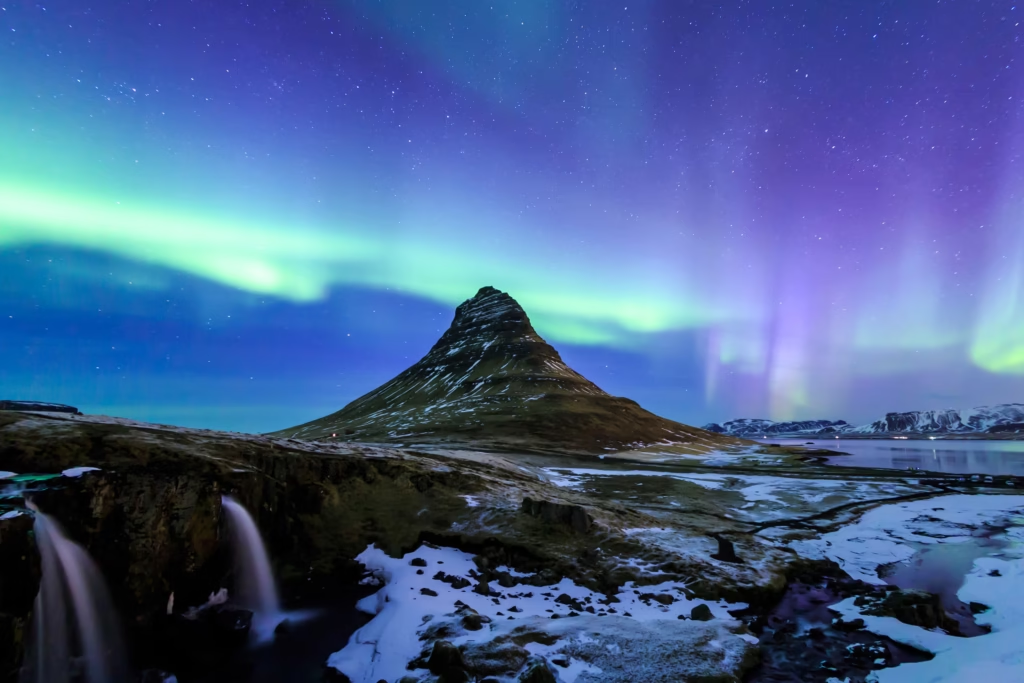
- Reykjavik and Surrounding Areas: Easily accessible but slightly affected by city lights.
- Thingvellir National Park: A UNESCO World Heritage site with wide open skies.
- Jokulsarlon Glacier Lagoon: Reflections on the glacial waters create a breathtaking scene.
- Akureyri and North Iceland: Often less crowded with high auroral activity.
Tips for Maximizing Your Northern Lights Experience
- Avoiding Light Pollution: Head to remote locations away from city lights.
- Hiring Guided Tours vs. Going Solo: Guided tours offer local expertise, while going solo allows for flexibility.
- Photography Tips: Use a tripod, wide-angle lens, and long exposure settings for the best shots.
What to Pack for a Northern Lights Trip
- Essential Winter Gear: Thermal clothing, waterproof boots, and hand warmers.
- Camera Equipment and Accessories: Extra batteries, remote shutter release, and a sturdy tripod.
Conclusion
Iceland is a dream destination for Northern Lights enthusiasts, offering stunning landscapes and optimal viewing conditions. Whether you visit in autumn, winter, or spring, each season has its unique charm. By planning your trip during the right time, in the best locations, and with the right gear, you’re sure to have an unforgettable aurora adventure.

